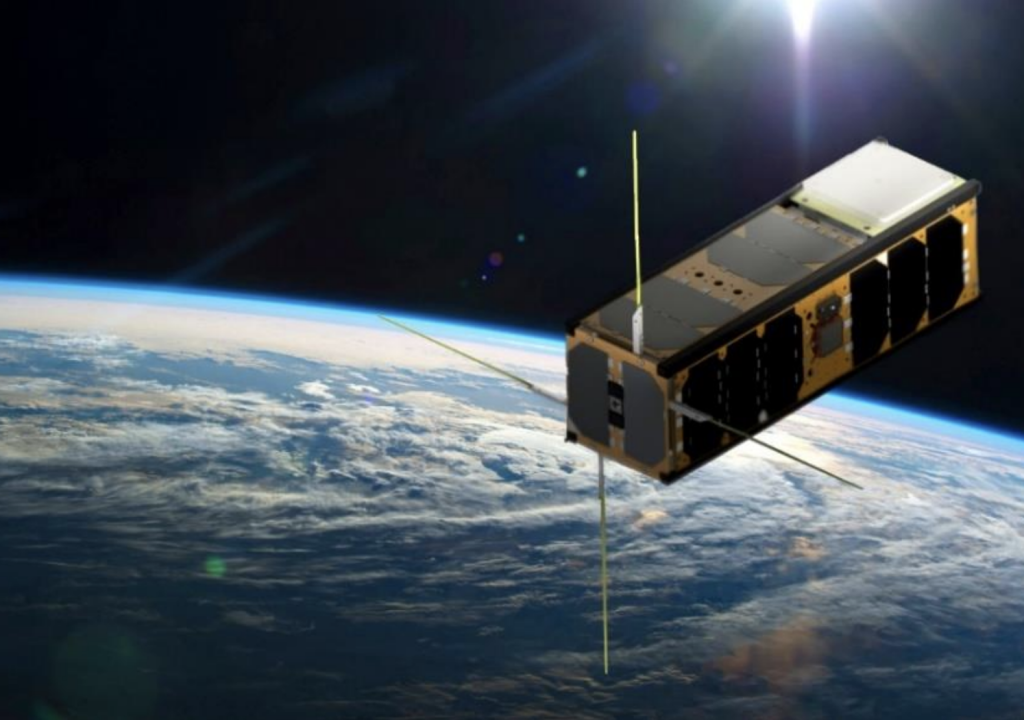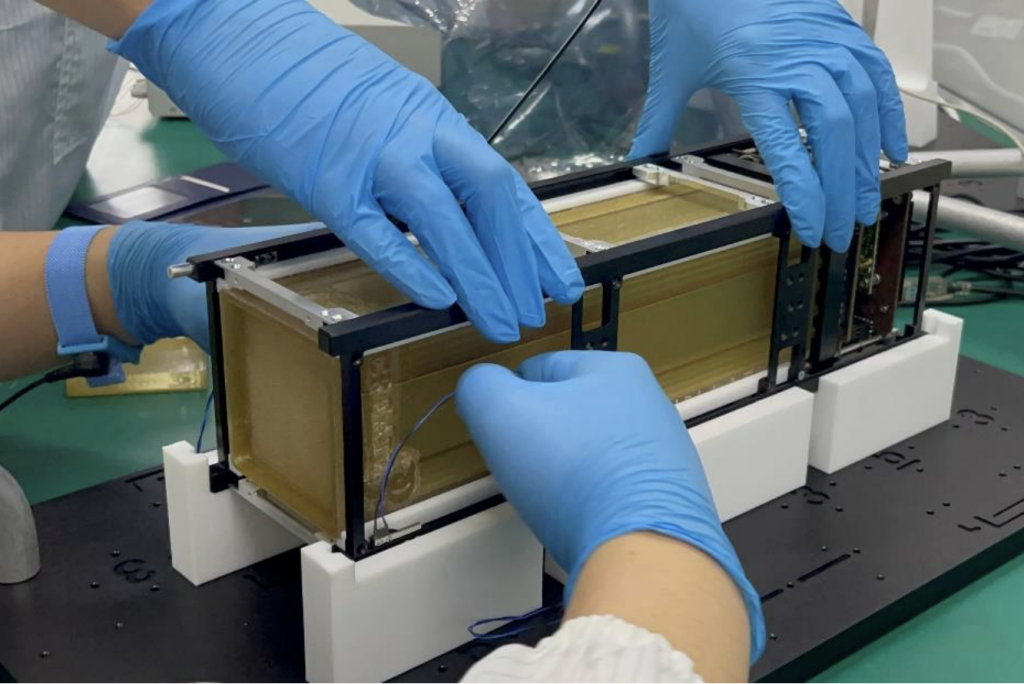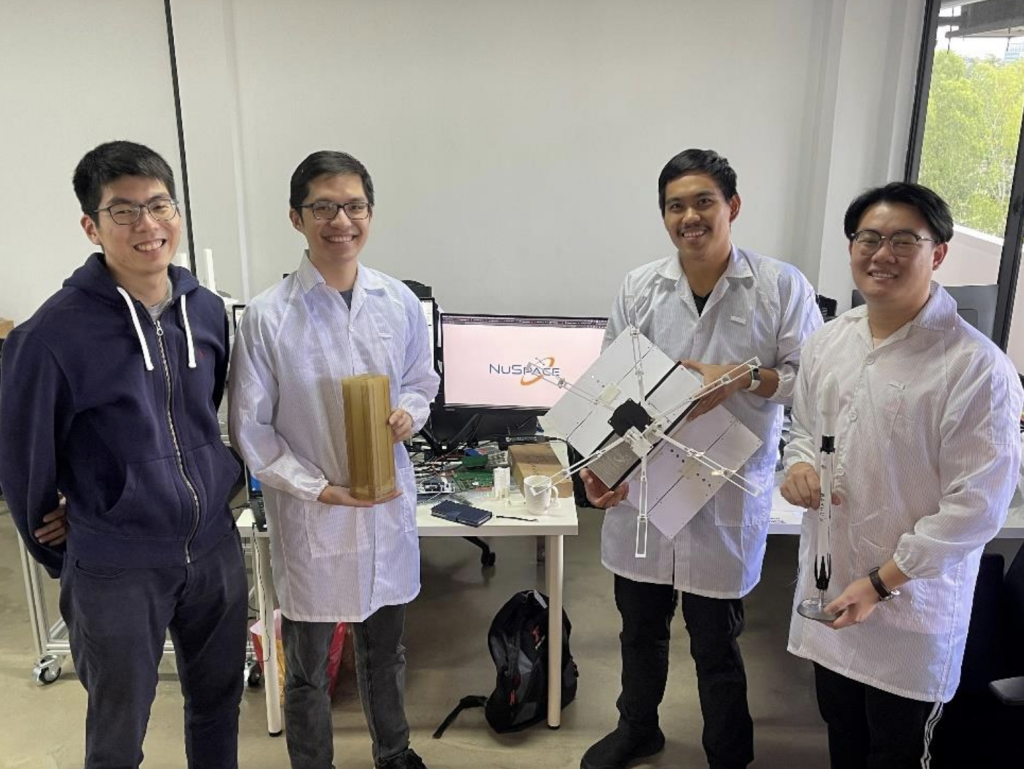Singapore-based 3D printing service provider Creatz3D has unveiled an innovative, ultra-lightweight satellite launch container.
Developed alongside partners Qosmosys and NuSpace, the unique build was designed to house 50 gold-anodized artworks that were later fired into orbit by SpaceX, in celebration of the 50th anniversary of the Pioneer 10 probe launch. Using 3D printing, the firms found they were able to reduce the satellite holder’s mass by more than 50%, while also drastically driving down its cost and lead time.
“The original proposed design was [made from] sheet material,” explained Ng Zhen Ning, CEO & Co-founder of NuSpace. “[This] could cost up to $4,000 to $5,000, and require a long lead time of at least three weeks for a machine-manufactured component to reach us, whereas 3D printing the parts took only two to three days.”

Creatz3D: more than a reseller
At first glance, Creatz3D may seem to have an offering similar to other Singaporian 3D printing resellers and service providers such as ZELTA 3D or 3D Print Singapore. The company markets a number of popular polymer, metal, and ceramic 3D printers, as well as 3D printing software packages and post-processing systems, but it also provides bespoke services to those with demanding use cases.
Since it was established in 2012, Creatz3D has worked with over 150 commercial partners and research facilities. This has allowed the firm to accumulate substantial experience within industrial-grade 3D printing projects, knowledge it deployed last year to help Qosmosys develop a NASA tribute capable of surviving in the cold vacuum of space.

A tribute to aerospace innovation
Initiated by on-demand orbital launch firm Qosmosys, Project Godspeed was set up to celebrate the launch of the Pioneer 10, a 1972 NASA probe that completed the first ever mission to Jupiter. However, while it had been decided that the a satellite test container would be filled with artworks commemorating the Pioneer’s launch, it was initially less clear how this could be best achieved.
Traditionally, CNC machining or metal sheet forming would be deployed to create an aluminum casing, but given that iterating such parts would involve folding and sawing them, the firm deemed this ineffective. Another issue that needed considering was ‘outgassing,’ an issue in which the pressure of operating in space causes gear to release a gas that becomes trapped and damages nearby parts.
To get around these problems, Qosmosys worked with Creatz3D and NuSpace to develop a casing from Antero 800NA, a Stratasys material with high chemical resistance and low outgassing properties. Once ready, the test container had to be small enough for housing inside the Zeus-1’s satellite holder. In order to ensure this was possible, Creatz3D says it tweaked the wall thicknesses of a CAD model supplied by NuSpace, in a way that yielded a part which fitted “like hand into glove.”
Weighing in at 362 grams, the resulting build was also said to be much lighter than the 800 grams it would have weighed, had it been conventionally manufactured from Aluminum 6061. Overall, with NASA citing a $10,000 cost per pound for each payload launched, the team say their approach helped make the Zeus-1 more cost-effective in other areas too.
The Zeus-1 was launched onboard a SpaceX rideshare from Cape Canaveral, Florida on December 18, 2022.

Satellite 3D printing’s ongoing advances
Nowadays, aerospace 3D printing has reached such an advanced stage that the technology is deployed not just in the production of satellite accessories, but the creation of the craft themselves. In July 2022, it was announced that 3D Systems had been contracted by Fleet Space to 3D print radio frequency patch antennas for use on its Alpha satellites.
Last year, Boeing also unveiled a new high-throughput small satellite 3D printing facility. The complex, which became operational in late-2022, is said to deploy the technology to accelerate satellite production and create entire space-ready buses.
While not strictly satellites themselves, Alba Orbital’s 3D printed PocketQube launchers are often used to propel such devices into orbit. Manufactured entirely from CRP Technology’s Windform XT 2.0 composite, Alba Orbital’s low-cost AlbaPod deployers were utilized to launch several miniature satellites during 2022.
To stay up to date with the latest 3D printing news, don’t forget to subscribe to the 3D Printing Industry newsletter or follow us on Twitter or liking our page on Facebook.
While you’re here, why not subscribe to our Youtube channel? featuring discussion, debriefs, video shorts and webinar replays.
Are you looking for a job in the additive manufacturing industry? Visit 3D Printing Jobs for a selection of roles in the industry.
Featured image shows the NuSpace team with the final 3D printed satellite casing. Photo via Creatz3D.



